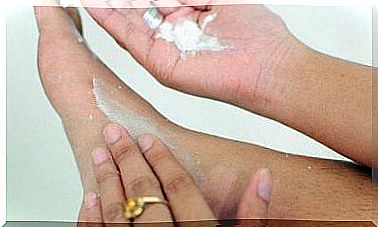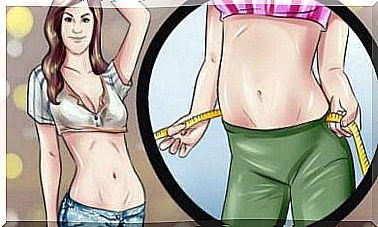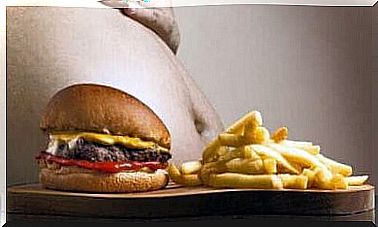Turbinate Hypertrophy: Causes And Symptoms

Turbinate hypertrophy, also called turbinate hypertrophy, is the excessive increase in the volume of the turbinates. These structures are located in the nasal cavity and as they grow larger, the air cannot flow properly. As a result, they can cause nasal congestion.
At an early stage, it is possible to treat and overcome this disease with drugs or surgery. However, if the problem is not addressed, it can lead to serious situations.
For example, it can lead to loss of smell or even ear and throat infections. It is also possible that people with this condition often experience headaches, dry coughs and snoring.
If the nose often becomes blocked, it is important to see an ear, nose and throat specialist. This professional will be able to determine if you are suffering from hypertrophy or any other pathology.
Turbinate hypertrophy
Turbinate hypertrophy is a condition that enlarges the nasal turbinates. In some cases this occurs intermittently. In other cases, however, it is continuous. When the problem becomes chronic, it causes an almost constant nasal congestion.
Nasal turbinates are long structures located in the nose. The nasal cavity contains three turbinates on each side, namely:
- superior turbines
- middle turbines
- inferior turbines
Inflammation generally affects the inferior turbinates.
The function of the turbinates is to humidify, warm and clean the air we breathe. However, they are very delicate organs that can easily swell and change size. This leads to hypertrophy, which is a treatable health problem.

Why does it occur?
In most cases, turbinate hypertrophy occurs as a result of certain allergies, such as hay fever. However, there are many other reasons that can cause this anomaly. Among them are the following:
- Hormonal changes can lead to an increase in mucosa, which in turn can lead to turbinate hypertrophy.
- Aging. Over time, the turbinates can break down, causing a copious secretion of mucus and snot.
- sinusitis. The inflammation of the paranasal sinuses can also lead to this condition.
- Deviated nasal septum. A deviated nasal septum makes breathing difficult and requires the turbinates to work harder. This in turn can turn into turbinate hypertrophy.
- Bad Environments. Environments with toxic elements and vapors or very low temperatures can trigger the development of this anomaly.
- Smoking or drinking alcohol. Both tobacco and alcohol are risk factors in these cases.
- Pharmaceutical Products. Steroids and the use of nasal sprays can contribute to the development of this disease.
The Symptoms of Turbinate Hypertrophy
The most common symptom of this condition is nasal congestion, whether sporadic or constant. However, it is important to note that there are also cases of hypertrophy without noticeable symptoms.
In general, the most common clinical signs are the following:
- fatigue
- sleep apnea
- trouble sleeping through (without interruptions)
- nosebleeds
- difficulty breathing through the nose
- auditory discomfort
- decrease or loss of smell
- snoring
- pain in the face
Usually doctors perform a so-called rhinoscope to make a diagnosis. This is a study that allows them to examine the turbinates and confirm or rule out hypertrophy. This examination is done in the nose or mouth and takes between five and ten minutes. In certain cases, the use of a mild anesthesia is required.

What can be done about turbinate hypertrophy?
The treatment of hypertrophy depends on the underlying cause and the condition of the turbinates. If the cause of the problem is external, then changing this variable should lead to the disappearance of the symptoms.
By external symptoms we mean unhealthy environments, ingestion of a certain substance or medication, and the like. However, if the cause is sinusitis or a deviated nasal septum, treatment will be needed to eliminate the cause.
If these measures do not work, or if the cause is unknown, doctors usually recommend pharmacological treatment to reduce inflammation.
Finally, if the hypertrophy persists, doctors may suggest surgery to adjust the position of the turbinates (turbinoplasty).
In certain cases, surgery may involve removing all or part of the inferior turbinate (turbinectomy). Also, in other cases, doctors may use radiation or a laser to reduce the size of the turbinate.
Either way, it’s important to remember that it’s a treatable condition. So the key is to get in touch with your GP early to make sure it doesn’t become chronic.









